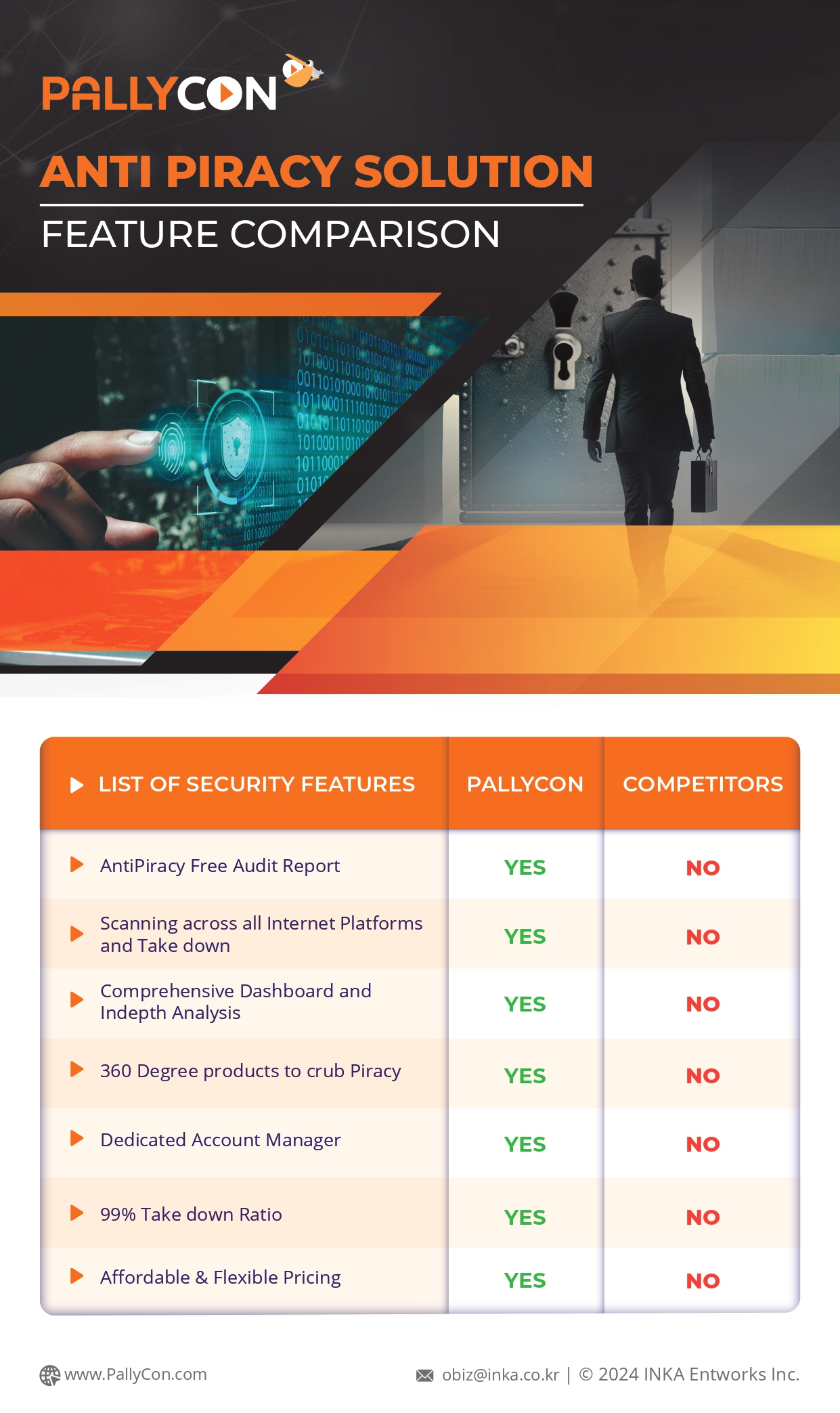
Can Watermarking Prevent Deepfake Crimes?
Deepfake technology combines the words “Deep Learning” and “Fake,” highlighting its use of artificial intelligence (AI) to create realistic imitations of a person’s face, voice, and movements. This is done using a type of AI called Generative Adversarial Networks (GAN), which generates fake videos and images that look completely real.
Initially, AI in deep learning was used for positive purposes, like creating visual effects in movies and entertainment. However, today, they are being misused for harmful activities such as spreading political misinformation, committing financial fraud, and creating inappropriate content.
Deepfakes analyse large amounts of data, like photos, videos, and audio recordings, to mimic a person’s unique traits. GAN operates with two parts: a generator, which creates fake data, and a discriminator, which tries to identify whether the data is real or fake. Over time, the generator learns to produce fakes that are so convincing that even the discriminator struggles to tell them apart. This process results in highly realistic content that can be hard to distinguish from the real thing.
The role of watermarking in deepfake crimes helps track the source of illegal content. By integrating advanced watermarking techniques, stakeholders can uphold media integrity and curb the negative impacts of deepfakes.
About Forensic Watermarks
Forensic watermarking is a technique to embed unique identifiers into digital content, making it traceable and secure. Unlike traditional watermarks, forensic watermarks are invisible to the naked eye and are designed to survive modifications or compression.
To tackle this, watermarking in deepfake needs to be done at different stages of the deepfake lifecycle, such as on social media, video-on-demand (VOD) platforms, deepfake creation tools, and messaging apps.
One of the most effective ways to use watermarking in deepfake crimes is by embedding the creator’s information directly into the deepfake video as it is being made. This allows the content’s origin to be identified later. However, since it’s not feasible to apply this method to every tool or algorithm, watermarking in deepfakes can also be applied when videos are uploaded to platforms like VOD services or shared on messaging apps.
These approaches help track the source of illegal deepfake content and trace how it was distributed, making it easier to take action against offenders.
Additionally, forensic watermarks facilitate legal proceedings by providing strong evidence of manipulation. As regulatory trends tighten around generative AI, forensic watermarking in deepfake crimes plays a pivotal role in safeguarding content authenticity and protecting individuals from deepfake-related harms.
Deepfake Crime Workflow
Deepfake crime undergoes different stages, from creation to misuse and eventual detection.According to data from sumsub, deepfake fraud has increased 10 times from 2022 to 2023. Understanding these steps is crucial for developing effective ways to combat deepfake-related crimes and implementing watermarking to identify and trace manipulated content.
By breaking down the lifecycle, we can focus on areas where interventions are most needed, ensuring robust ways to safeguard against the misuse of this technology.
Creation :
A deepfake is generated using AI models trained on large datasets of images, videos, or audio. The process involves neural networks like GANs (Generative Adversarial Networks) that synthesize realistic yet fake content.
Distribution :
Once created, the deepfake is shared across platforms, including social media, dark web forums, or messaging apps. This phase amplifies its reach and potential impact.
Detection :
Experts use AI-based detection tools and forensic analysis to identify manipulated media. Techniques like watermarking deepfakes are employed to verify authenticity.
Attribution :
Forensic watermarking in deepfake crimes helps trace the source of the content, providing critical evidence for legal action.
Mitigation :
Authorities work to remove the content and prevent further dissemination while legal systems pursue accountability for perpetrators.
Integrating watermarking in deepfakes throughout this workflow strengthens the ability to deter, detect, and address deepfake crimes effectively. These watermarkings in deepfake crimes can withstand modifications and allow authorities to trace the source of malicious deepfake content by extracting user information.
Regulatory Trends in Major Countries Surrounding Generative Artificial Intelligence
Generative artificial intelligence (AI) is reshaping global policies, with major countries adopting diverse regulatory frameworks to address its ethical, legal, and societal implications.
In the United States, initiatives like the “AI Bill of Rights” provide five key principles to guide the development of AI systems. The bill focuses on safety and privacy and emphasizes transparency, fairness, and accountability. The European Union leads with its AI Act, which categorizes AI applications by risk levels and imposes strict requirements on high-risk systems, including those involving deepfake technology.
China has implemented stringent measures, mandating disclosure for AI-generated content, including watermarked labels for deepfakes. This aligns with their broader goal of maintaining social stability and combating misinformation.
India focuses on guidelines rather than regulations, promoting responsible AI use while encouraging innovation. Meanwhile, Japan and South Korea prioritize public-private partnerships to balance AI advancement with ethical considerations.
Watermarking in deepfake crimes is becoming more common as a required regulation in many areas. As the misuse of generative AI, particularly in deepfake crimes, increases, more countries are pushing for safeguards like watermarking to ensure accountability and trust.
How can Watermarking Technology be Applied to Deepfake Crime Workflow?
Here’s a simplified 5-step breakdown of how watermarking in deepfakes can help prevent and track crimes in different parts of the deepfake crime workflow:
-
Social Network Platforms
Deepfakes are often shared on social media, where they can extract facial data from videos. They usually change only certain parts of a video, like the face, instead of altering the entire frame. If a watermark is applied to the whole video frame, then altering small regions such as faces won’t affect detection. Detection would still succeed. To make watermarking in deepfakes effective, strong watermarks should be placed directly on the altered regions, such as the face.
-
Video-On-Demand (VOD) Platforms
VOD platforms use watermarking to protect content from illegal copying. A/B forensic watermarking assigns unique watermarks to different users to track the source of a deepfake if it’s used illegally.
-
Deepfake Applications
Incorporating watermarking in deepfake apps can help identify the original creator of a manipulated video. While research is ongoing, this would ideally involve invisible watermarks (for tracing) or visible ones (to indicate AI use). However, there is currently no law requiring deepfake apps to use watermarking, and visible watermarks can easily be removed.
-
Uploading and Downloading on Messaging Apps
Deepfakes are often shared on messaging platforms like Telegram. To stop this, watermarking should be applied when users upload, download, or replay videos. This would help track how deepfake content spreads and identify its original source.
-
Mitigation and Legal Action
By applying watermarking at each stage of the deepfake workflow—social media, VOD platforms, deepfake apps, and messaging apps—it becomes easier to track the origin and distribution of illegal deepfake content. This enables quick action, such as blocking or removing harmful videos, and helps hold offenders accountable.
Conclusion
Watermarking deepfakes offers a transformative solution to the challenges posed by deepfakes. From restricting illegal creation to helping in detection and accountability, watermarking in deepfake crimes is a vital tool for modern digital security. As generative AI continues to evolve, the integration of forensic watermarking ensures a balanced approach, preserving innovation while protecting societal interests. Collaboration among governments, tech companies, and regulatory bodies is also necessary to harness the full potential of this technology, safeguarding the integrity of digital media.
FAQs on Watermarking in Deepfake Crimes
Can watermarking distinguish between intentional and unintentional deepfake creations?
Yes, watermarking can differentiate between intentional, malicious creations from experimental or benign ones by tracking the source and purpose of the content through embedded identifiers.
How does watermarking adapt to deepfake content shared across multiple platforms?
Advanced watermarking technologies are designed to survive compression, resizing, and other transformations, ensuring traceability even when content is shared or modified across various platforms.
Are there privacy concerns related to forensic watermarking?
Forensic watermarking does not violate privacy, as the marks are imperceptible to users and only accessible for verification. However, its misuse of unlawful investigation could raise ethical concerns, making regulation essential.
How effective is watermarking in detecting deepfakes in real-time applications?
Watermarking can be highly effective in real-time detection systems, particularly when combined with AI-powered algorithms that instantly verify content authenticity during live broadcasts or streaming.
Can deepfake creators remove watermarks, and how can this be prevented?
When watermarks are embedded in multiple layers of the content it becomes hard to remove them without damaging the quality of the video or image.
How does watermarking support media forensics in court cases involving deepfakes?
Watermarked content can serve as solid proof in legal cases by confirming its authenticity and tracking its handling. This helps courts tell the difference between real and fake media.
Can watermarking prevent the emotional impact of deepfake crimes?
While watermarking cannot directly prevent emotional harm caused by deepfake misuse, it can reduce the spread of harmful content by enabling faster detection and removal, thereby limiting its reach and impact.
How does watermarking compare with blockchain for deepfake authentication?
While blockchain records a content’s history and background, watermarking embeds identifiers directly within the media. Both approaches can complement each other for robust deepfake detection and tracking.
How can watermarking contribute to public awareness about deepfakes?
Watermarking can label content transparently, making it easy for viewers to recognize manipulated media. Public awareness campaigns using visible watermarks can teach people how to identify and question deepfakes.

Harish Bhat is a Forensic watermark Product Manager at PallyCon and has been associated with media and broadcasting industry for over 13 years. Apart from technical writing, an avid reader of latest trends in the streaming world and content protection.
